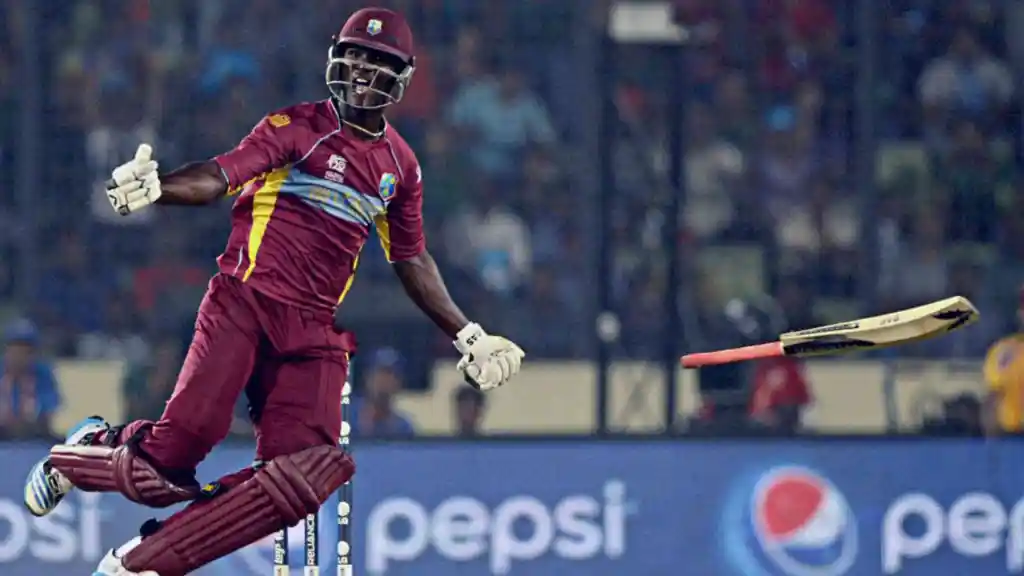What is the strike rate in cricket?
A strike rate is an average achieved by comparing the number of runs scored for a total of 100 balls faced. The higher a batter’s strike rate, the more effectively they can score runs in a short amount of time. So, better players mostly have better strike rates.
What is the importance of a strike rate?
The strike rate is considered vital because it indicates a batsman’s ability to quickly rack up runs if they have a high percentage of strikeouts, which makes the player more valuable to the team. However, in a game of cricket, a player’s strike rate is less crucial than his or her ability to rack up runs without being dismissed. As a result of this, the batting average of such a tested batter is given more weight than the strike rate of that batter, although for someone to be a good player, you still must have a good strike rate.
The strike rate in T20s is very important because T20 is a very fast pace game. In this format, the game can be changed in one over. If a batsman has a good strike rate then it will give an advantage to the team.
What is the difference between the batting and bowling strike rates?
A bowler’s “bowling strike rate” is the average number of balls he or she bowls per wicket. To put it another way, it tracks how frequently a bowler is able to collect wickets. Since the pitcher’s strike rate is proportional to their efficiency, it is in everyone’s best interest to keep it as minimal as possible. The term “batting strike rate” refers to the average amount of runs scored by a batter for every 100 balls that he or she faces while at bat. The higher a batsman’s strike rate, the more effectively they can score runs in a short amount of time.
How do you calculate a strike rate?
The number of balls faced is the formula for calculating the batting strike rate. If a batter scores 40 runs in 60 balls, his strike rate will be calculated as 40 runs multiplied by 100 divided by 50 balls, which is 80. This indicates that the batter is striking the ball at a rate of 80 runs per 100 balls.
What is a good strike rate?
Because there is greater competition between the bat and the ball in test cricket and because patience is required to win most of the time, the strike rate does not constitute a significant statistic in this form of the game. In spite of this, it is generally accepted that batsmen who have a strike rate of 40 or higher in Test cricket are doing well.
Which batsman has the lowest strike rate in tests?
As of now, Godfrey Evans, the English wicketkeeper-batsman, carved his name into the record books when his innings in a test series against the Australians consisted of 10 runs scored over the course of 96 balls, making it one of the lowest sessions ever played out during a cricket match.
Who has the highest strike rate in T20?
Darren Sammy, the current captain of the West Indies, currently holds the record for the greatest strike rate ever recorded by a batsman in the history of the Twenty20 World Cup. Despite the fact that he has only scored 215 runs in those matches, for an aggregate of less than 18, his scoring rate of much more than 164 more than the average makes up for it.


